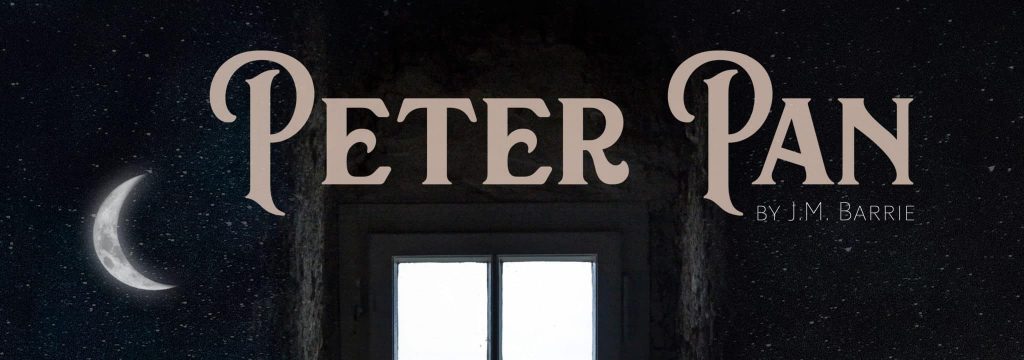
By Monica VanDerWeide, ’95
Firmly fixed in the canon of children’s literature is J.M. Barrie’s Peter Pan (also called Peter and Wendy), the story of the boy who never grows old. The story itself never seems to grow old, either; numerous adaptations of Peter Pan have graced both stage and screen over the past century. What continues to draw young readers to this story, and what can we learn from it? Hillsdale College Lecturer in History and Rhetoric Dedra Birzer offers some insight into this timeless tale.
On the surface, Peter Pan is a story of grand adventure as Peter whisks Wendy, John, and Michael Darling away from their beds to the fantasy world of Neverland. According to Birzer, Barrie tapped into all the characters that children have loved for centuries—pirates, fairies, Indians, mermaids—as well as role-play scenarios, such as playing house, fighting pirates, and flying (what child hasn’t tried to fly?). At first, the children bask in the “ecstasies innumerable” of which Peter boasts. “I’m youth, I’m joy,” Peter says in describing himself to Hook, the ringleader of the pirates. “I’m a little bird that has broken out of the egg.” But is life outside of the egg all that it’s cracked up to be?
It doesn’t take long to realize that Peter has many flaws stemming from his perpetual youth. He takes credit for reattaching his shadow, when Wendy, in fact, has sewn it back on for him. He forgets his promises. He lacks a moral compass as evidenced by his “thinning out” of the Lost Boys. “He embodies the extreme of all the marked traits of children,” Birzer says. “He cannot act in empathy with anyone else. He is only able to comprehend his own actions and desires in the moment.” Peter also doesn’t understand deeper, loving relationships—such as those between the Darling children and their parents—even though Wendy, Tinker Bell, and the Lost Boys love him. “Perhaps that love is borne of a desire to rescue him,” Birzer suggests.
“Peter is not the hero of the book,” Birzer ultimately says. “Wendy is the hero. She holds everything together and is willing to sacrifice herself for others.” Furthermore, Wendy understands the difference between Neverland and reality—the fantasy of Neverland is sustainable only for a short time, and she and her brothers must return home and eventually grow up. “But grown-ups can still carry around the whimsical and the imaginative,” Birzer says. We see this in the adult Wendy’s willingness to let her daughter Jane escape to Neverland for an annual trip, and in Mrs. Darling’s dim recollection of Peter Pan, a sign that each generation of the family has experienced its own childhood flight of fancy to Neverland.
“Imagination is wonderful, but it cannot replace the love of family and the experience of growing up,” Birzer says. “Peter Pan shows us that there is a time for every season.”
Click here for a downloadable (PDF format) Peter Pan poster for use in your classroom.
